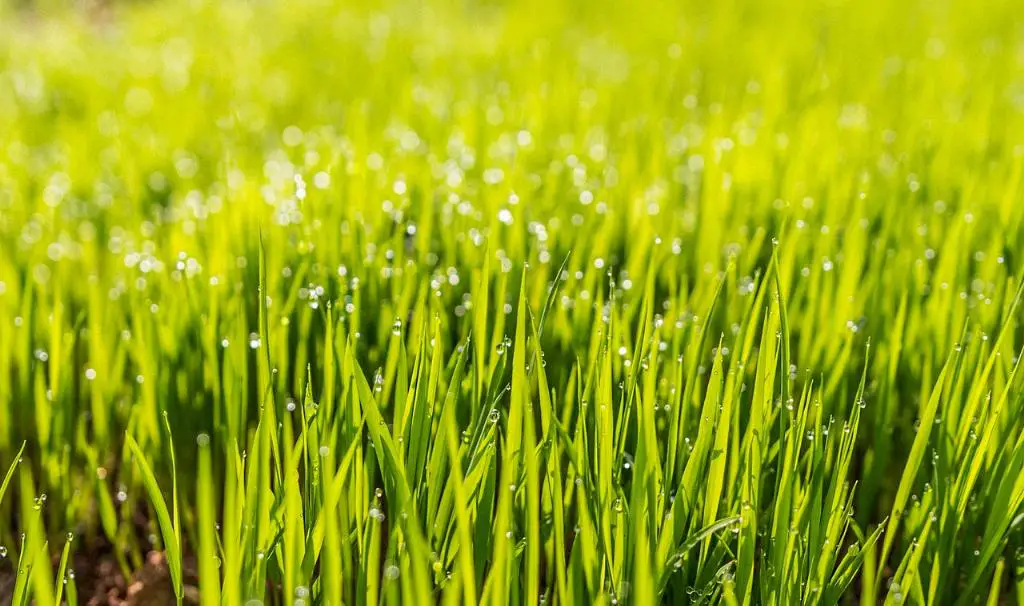So, you’re looking at your lawn and wondering what you can do to keep it healthy and vibrant. One essential tool that can help with this is a lawn dethatcher. But what exactly does a lawn dethatcher do, and how does it benefit your grass? Let’s delve into the world of lawn care equipment to explore the key role of a dethatcher.
Removing Excess Thatch for Improved Lawn Health
At its core, a lawn dethatcher serves the crucial function of removing thatch from your lawn. But what is thatch, you may ask? Thatch is a layer of dead grass, roots, and debris that can accumulate on the surface of your lawn over time. While a thin layer of thatch is beneficial, excessive thatch can prevent water, nutrients, and air from reaching the soil, hindering the growth of your grass.
Variety of Dethatcher Options for Every Lawn
When it comes to dethatchers, you have a range of options to choose from based on the size of your lawn and the level of thatch buildup. From handheld rakes to tow-behind units for tractors, and even motorized dethatchers for larger commercial properties, there’s a dethatcher solution for every lawn care need.
The Mechanics of a Dethatcher
A dethatcher typically features metal blades or tines that comb across the surface of your lawn. As the dethatcher moves, it effectively pulls up thatch, allowing it to be removed from your lawn. This process not only improves the health of your grass but also enhances water penetration and nutrient absorption into the soil.
Promoting Air Circulation and Nutrient Absorption
By removing excess thatch, a dethatcher helps promote air circulation within the soil, preventing the development of fungal diseases and promoting robust root growth. Additionally, eliminating thatch allows essential nutrients to penetrate the soil more effectively, nourishing your grass and promoting lush, green growth.
Enhancing the Appearance of Your Lawn
Regular dethatching not only boosts the health of your lawn but also enhances its visual appeal. By maintaining a healthy lawn free of excessive thatch, you can enjoy a lush carpet of green grass that becomes the envy of your neighborhood.
Preventing Pest Infestations and Disease
Excessive thatch not only hinders the growth of your grass but also creates a hospitable environment for pests and diseases. By using a dethatcher to remove thatch, you can reduce the risk of pest infestations and fungal diseases, protecting the long-term health of your lawn.
When to Dethatch Your Lawn
Understanding when to dethatch your lawn is essential for maintaining its health and vitality. Typically, it is recommended to dethatch your lawn in the spring or fall when your grass is actively growing. Regular dethatching every few years can help keep your lawn in top condition.
Best Practices for Dethatching
When using a dethatcher, it’s essential to follow best practices to achieve optimal results. Avoid dethatching when the soil is too wet or dry, as this can damage your grass. Additionally, be sure to adjust the dethatcher’s depth setting to match the level of thatch buildup on your lawn.
Post-Dethatching Lawn Care
After dethatching your lawn, it’s crucial to provide proper post-care to support your grass’s recovery. Consider aerating your lawn to further enhance soil compaction and promote healthy root growth. Additionally, fertilize and water your lawn to encourage new growth and restore its lush appearance.
Consulting with Lawn Care Professionals
If you’re unsure about dethatching your lawn or need guidance on lawn care best practices, don’t hesitate to consult with lawn care professionals. They can provide expert advice tailored to your lawn’s specific needs and help you achieve a thriving, beautiful lawn that enhances your outdoor living space.
Investing in Your Lawn’s Health
Ultimately, investing in a quality dethatcher and prioritizing regular lawn maintenance can significantly impact the health and appearance of your lawn. By understanding the role of a lawn dethatcher and incorporating it into your lawn care routine, you can enjoy a lush, vibrant lawn that becomes a source of pride and joy for years to come.

